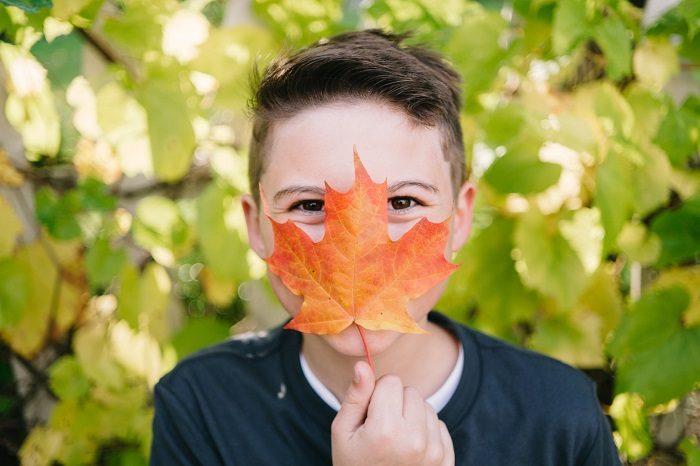

According to CNN, kids under nine spend more than two hours per day in front of a TV, computer, or phone screen.
Child obesity has tripled since the 1970s, when kids were told to “go play outside” every day. Meanwhile, studies link happiness, fitness, and overall health in adults to more time spent outdoors.
Fostering a love of nature in children is key to their well-being, both now and so that this love will carry on into a healthy adulthood. It’s also the key to ensuring young people continue to fight for nature by instilling values of sustainability and conservation in them.
With so many indoor distractions available, how can parents help grow a love of nature in their young ones?
Create Positive Experiences.
You can’t transform “go play outside” from punishment to permission without first making the outdoors the place for fun and adventure. No matter how good movie or video game graphics get, or how much information makes its way to the internet, screens just can’t compete with nature. The trick is convincing our kids of this, and the best way to do that is through emotion.
Start taking your children outdoors for fun early, even if you think they can’t take it all in yet. They’ll take in more than you think—both the wonder of a beautiful sunset, and unfortunately, the discomfort of an overly long hike. When vacationing, great tour guides can help tailor experiences for various ages and interests to ensure children feel good when they’re outdoors.
Build a Personal Connection.
An anthill is an entire drama-filled world. A tree is the home of feathered friends and endless imagination. A lake provides an ocean of adventure. Kids have a natural curiosity and passion for even the smallest wonders nature provides. If not encouraged, this awe could disappear and be replaced with an exasperated sigh, like when giving hugs and kisses in front of friends does at a certain age.
But wonder doesn’t have to evaporate. Parents who ask about what children think and feel about plants and wildlife encourage kids to develop a personal connection with the planet that could last a lifetime.
Zoom Out.
Once little ones understand their own relationship to nature, it’s time to look at the big picture. How do people interact with nature across the planet?
When planning an outing or vacation, consider booking tours that focus on sustainability and the environment. Guides who balance a fun experience, such as soaring through treetops on a zip line, with lessons about endangered species and slash-and-burn farming help our children understand how important caring for nature is to having fun outside.
Bring it Home.
Where does trash go when people don’t use a garbage can? How does clean water get from lakes and streams to the kitchen faucet? What would life be like if there were no more fish in our oceans or trees on our block?
After an eco-adventure, keep the conversation going. Connect everyday sustainability practices like water conservation and recycling to what your family learned from your tour guide. Point out that nature depends on us for protection, just as we depend on her for our food, water, air, and all the fun we have outdoors.
Share your love of nature with your kids so they reap the benefits of time spent outdoors for life—and preserve the environment for their kids too. With the right mindset and experiences, looking out for Mother Nature can become second nature for the young people in your life.
~
Relephant:
The Key to Getting our Children to Play Outside Year-Round.
4 Ways that Nature can Teach Children about Power & Resistance.
~
Author: Heidi Thiel
Image: Unsplash/Rex Pickar
Editor: Yoli Ramazzina
Comments
Read Elephant’s Best Articles of the Week here.
Readers voted with your hearts, comments, views, and shares:
Click here to see which Writers & Issues Won.



